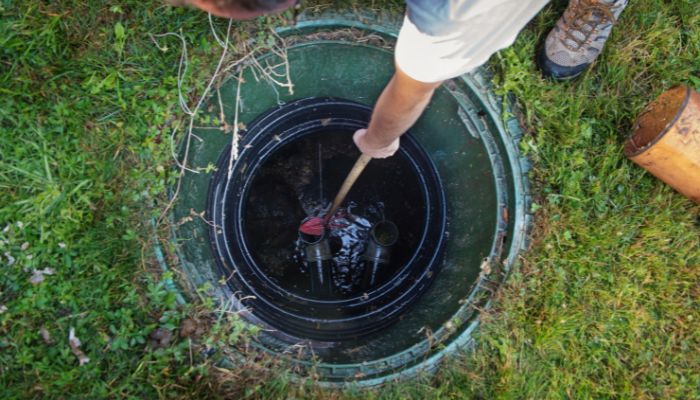Are you worried that your septic tank might overflow, emit foul odors, or cause sewage to back up into your home? Preventing such issues is vital not just for convenience but also for your health. A well-maintained septic system starts with knowing what should and shouldn’t go into it. Keep reading to learn about the items to avoid and tips for maintaining your septic system effectively.
Items to Avoid Putting in Your Septic Tank
Septic tanks rely on bacteria to break down solid waste. Anything that disrupts this balance can lead to costly issues. As a general rule, only water, human waste, and toilet paper should go into your septic tank. Here’s a list of items you should never put into your septic system:
- Cigarette butts
- Wet wipes (even if labeled as flushable)
- Diapers
- Feminine hygiene products
- Food scraps
- Latex products
- Paper towels and tissues
How to Maintain Your Septic System
If your home uses a septic system, especially in rural areas, proper care is essential for long-term functionality. Maintenance doesn’t have to be difficult or expensive. Follow these guidelines to keep your septic system in top shape:
1. Conduct Regular Inspections
Schedule routine inspections to identify small issues, such as leaks, before they escalate. A general rule of thumb is to have your septic tank pumped every 3-5 years, depending on household size, wastewater volume, and tank size. Check with your local health department for specific recommendations.
2. Use Water Efficiently
Excess water can overwhelm your septic system. Repair leaky faucets and avoid draining large volumes of water, such as hot tubs, into the septic tank. Chlorine from hot tubs can also kill beneficial bacteria.
3. Be Mindful of Landscaping
Plant grass or shallow-root plants over your drain field to prevent erosion. Avoid trees or plants with deep roots near the area, as they can cause structural damage.
4. Keep the Drain Field Clear
Never park vehicles or place heavy objects like sheds or patios on the drain field. This prevents soil compaction and pipe damage.
5. Ensure Easy Access to Your Septic Tank
Install a riser to make inspections and pump-outs more efficient and less disruptive to your yard.
6. Watch What Goes Down the Drain
Limit garbage disposal use and avoid pouring grease, oils, or harsh chemicals down the drain. These can clog pipes and disrupt the bacteria needed to break down solids.
FAQs About Septic System Care
Here are answers to common questions about septic system maintenance:
Can I flush “flushable” wipes?
No. Despite the label, flushable wipes are not biodegradable and can quickly fill your tank, causing blockages.
Is chlorine safe for septic tanks?
No. Chlorine and bleach kill the bacteria essential for breaking down waste in your septic tank.
Should I add yeast to my septic tank?
Yes. Adding dry active yeast can promote the growth of beneficial bacteria that help digest solid waste.
Can I pour milk into my septic system?
In small quantities, spoiled milk can help maintain bacterial balance, but it’s not necessary for routine care.
Is it safe to dispose of pet waste?
No. Pet waste often contains materials like hair and grass that are difficult for septic systems to break down.
Can I flush kitty litter?
No. Even biodegradable kitty litter can fill your tank more quickly and require more frequent pump-outs.
By following these tips and avoiding harmful practices, you can ensure your septic system remains efficient and problem-free for years to come.


